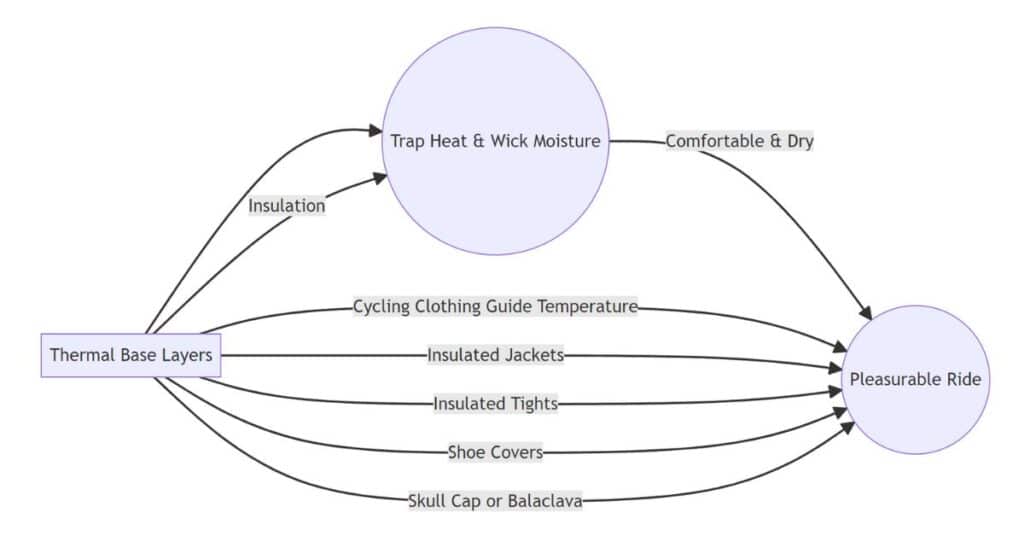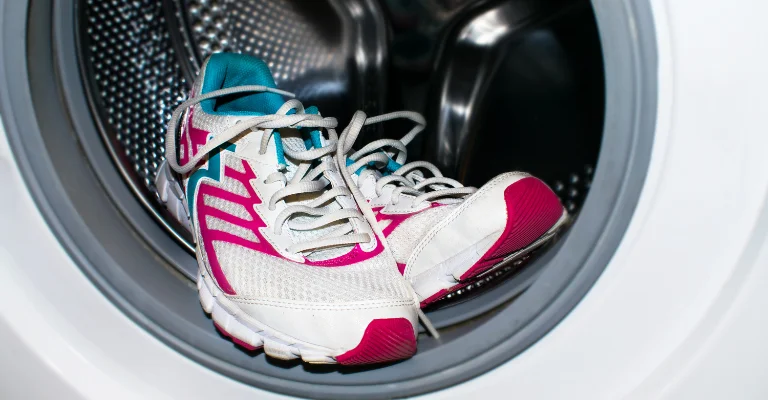Cycling Clothing Guide Temperature: Dressing for the 4 Levels
Discover the perfect Cycling Clothing Guide Temperature. Stay comfortable and stylish with our expert tips. #CyclingClothing #TemperatureGuide
Stay comfortable and perform at your best on every cycling adventure with our comprehensive guide to dressing for the 4 temperature levels.
From hot and humid to freezing cold, find the ideal cycling clothing to suit your ride and conquer any weather condition. Enhance your comfort, safety, and performance with expert advice and essential gear recommendations.
Regarding cycling, having the right clothing for different weather conditions is crucial for comfort, performance, and safety. Whether you’re a seasoned cyclist or just starting, understanding the appropriate clothing for specific temperatures will enhance your riding experience.
Understanding the Importance of Temperature-based Cycling Clothing
Cycling is an exhilarating sport that requires careful consideration of external factors, and temperature is one of the most critical aspects. Properly dressing for the weather conditions can impact your performance, endurance, and safety. We understand the fine balance between staying warm and avoiding overheating during your ride.

Cycling Clothing Guide Temperature
In this comprehensive guide, we will walk you through the ideal cycling clothing for 4 temperature ranges, helping you stay ahead of the pack in terms of comfort and performance.
1. Cycling Clothing for Warm and Hot Weather (Above 80°F / 27°C)
Cycling in hot weather demands apparel that keeps you cool and well-ventilated. Here are the key items you should consider for temperatures above 80°F:
Lightweight Jerseys:
Opt for lightweight, moisture-wicking jerseys that offer excellent breathability. Look for mesh panels to promote airflow and keep sweat at bay.
Shorts with Ventilation:
Choose cycling shorts that feature ventilation to prevent overheating and chafing. Bib shorts are an excellent option as they provide better comfort and support.
Arm Coolers and Sun Sleeves:
Arm coolers and sun sleeves protect your skin from harmful UV rays and cool your arms during scorching rides.
Breathable Socks:
Invest in moisture-wicking, breathable socks to maintain dry feet and prevent blisters.
Cycling Cap:
Wear a cycling cap under your helmet to shield your head from the sun and sweat.
Hydration Pack:
Stay hydrated with a hydration pack that allows you to carry sufficient water for longer rides.
2. Cycling Clothing for Mild Weather (60-80°F / 15-27°C)
In mild weather, you need clothing that offers flexibility for temperature fluctuations. Here’s what you should consider:
Short-Sleeve Jerseys:
Opt for short-sleeve jerseys made from lightweight materials, providing comfort and breathability.
Cycling Vests:
Cycling vests are perfect for mild weather as they protect against wind and light rain without causing overheating.
Arm Warmers and Knee Warmers:
Arm and knee warmers are versatile accessories you can easily put on or remove as the temperature changes.
Lightweight Gloves:
Choose lightweight gloves that offer a good grip and protect your hands from wind and mild chill.

3. Cycling Clothing for Cool Weather (45-60°F / 7-15°C)
Cool weather requires clothing that strikes a balance between insulation and breathability. Here are the essentials for temperatures between 45°F and 60°F:
Long-Sleeve Jerseys:
Opt for long-sleeve jerseys with thermal insulation to keep your upper body warm.
Thermal Bib Tights:
Thermal bib tights provide excellent insulation for your legs, keeping them comfortable during chilly rides.
Windproof Jackets:
A windproof jacket protects against cold winds, ensuring you stay warm without overheating.
Full-Finger Gloves:
Choose full-finger gloves with thermal properties to protect your hands from cold temperatures.
Toe Covers:
Toe covers can be added to your cycling shoes to keep your toes warm and shielded from wind.
4. Cycling Clothing for Cold Weather (Below 45°F / 7°C)
When the temperature drops significantly, proper layering becomes crucial. Here’s what you need for temperatures below 45°F:
Thermal Base Layers:
Start with thermal base layers that trap heat close to your body and wick away moisture.
Insulated Jackets:
Invest in insulated jackets designed to retain body heat effectively for cold-weather riding.
Insulated Tights:
Choose insulated tights that offer maximum protection against the cold.
Shoe Covers:
Shoe covers provide insulation and protect your cycling shoes from rain and road spray.
Skull Cap or Balaclava:
Wear a skull cap or balaclava under your helmet to warm your head and ears.

Closing Argument:
A dedicated cyclist must have the right cycling clothing for various temperatures. By following this comprehensive guide and choosing the cycling clothing guide temperature for different weather conditions, you can ensure a comfortable and enjoyable riding experience, regardless of the temperature.
Remember, staying comfortable on the saddle lets you focus on what truly matters – enjoying the journey and conquering new cycling challenges.
Dart Sports Pro is your ultimate guide to dart sports, with reviews, tips, news, and more on Sports Gear and other topics.
Exploring Common Questions:
What is the best cycling clothing for hot weather?
The best cycling clothing for hot weather includes lightweight and moisture-wicking jerseys, shorts with breathable fabrics, and UV-protective arm sleeves.
Can I wear regular clothes for cycling in mild temperatures?
While wearing regular clothes for mild temperatures is possible, investing in proper cycling clothing will enhance your comfort and performance by providing better moisture management and flexibility.
What should I wear for cold weather cycling?
For cold-weather cycling, layering is key. Start with a thermal base layer, add a long-sleeved jersey or jacket, and finish with windproof and insulated tights or pants.
Are there specific cycling clothes for rainy days?
Yes, there are waterproof and water-resistant jackets designed specifically for rainy conditions. Pair them with waterproof pants or leg warmers to keep yourself dry during wet rides.
Should I wear padded shorts while cycling?
Padded shorts are highly recommended as they provide extra cushioning and reduce friction between your body and the saddle, enhancing comfort and preventing chafing.
Can I wear compression garments while cycling?
Compression garments can be worn while cycling to improve blood circulation, reduce muscle fatigue, and promote faster recovery post-ride. Look for specialized compression gear designed for cyclists.
What are the benefits of wearing arm or leg warmers during rides?
Arm and leg warmers are versatile accessories that allow you to adjust your outfit according to changing temperatures during a ride without changing your entire outfit.
Is it necessary to wear high-visibility clothing when cycling at night?
Wearing high-visibility clothing at night is crucial for safety as it helps motorists spot you more easily on the road. Opt for reflective vests, jackets, or accessories to increase visibility in low-light conditions.






